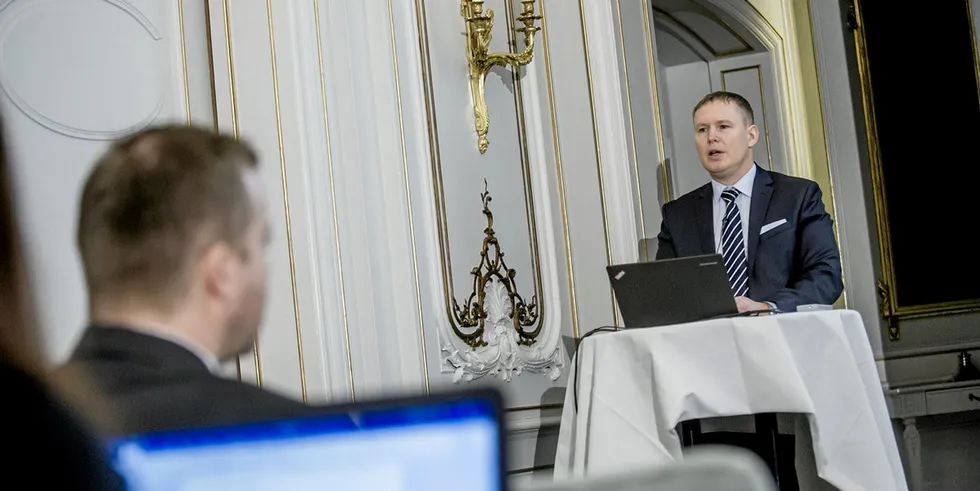Salmon giant Mowi caps off record year with a 64% surge in fourth quarter earnings
For the first time in its history, the world's largest salmon farmer crossed the €1 billion earnings mark in 2022.

For the first time in its history, the world's largest salmon farmer crossed the €1 billion earnings mark in 2022.
